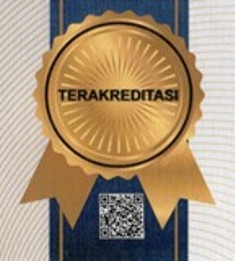Transmigration Area Development and Its Community In Indonesia
DOI:
https://doi.org/10.24036/sjdgge.v3i1.189Keywords:
Transmigration Area DevelopmentAbstract
Abstract
Since the beginning, the great idea of transmigration program has actually been directed towards exploiting, processing and development of the two major potential resource, namely: (1) the potential of natural resources and (2) the potential of human resources. Since its implementation, the transmigration program has shown success in improving the living standards and welfare of the population and the development of previously untapped areas, although in some locations and regions it also shows the lack of success caused by various problems. At least there are three major domains of transmigration areas and community development in the future, namely: (1). Develop undeveloped regions into new productive and growing areas in accordance with its natural resource potential including New Transmigration Settlements (PTB) and New Integrated Self-establishment City (KTM). (2). Developing the existing transmigration area becoming the new growth centers of the region through the development of Integrated Self-establishment City (KTM). (3). Improving the welfare of smallholders and poor farm workers through the provision and control of production assets (land). Community and transmigration areas development in the future should be based on 5 basic principles, those are : (1). Development of land and human resources. (2). Development of sustainable agriculture system. (3). Development of business activities based on agribusiness range. (4). Development of private participation, cooperatives, State Owned Enterprises (BUMN) and individual farmers / transmigrants. (5). Integrated area development. Investment in physical development and institutional innovation in development of transmigration areas should be done gradually by following the stadia of regional development which generally consists of: Stadia I, II, III, IV, V, VI. There are two conditions that can be realized through development of transmigration areas in the future, namely: (1). First, to realize a more equally and equitable development. (2). Second, to realize a competitive nation. At least six policy direction in the construction and development of society and transmigration areas in the future. First, pay particular attention to the elements of the development of the competitiveness of the region. Second, strengthening the new orientation to provide support to: (a) Increased public income, (b) food security and board needs, (c) Creation of employment opportunities. Third, the mainstreaming of Integrated Self-Establishing City (KTM) from the planning process to the development of the area. Fourth, focusing and prioritizing the development of communities and transmigration areas. Fifth, enhancing cross-sectoral and local government participation in the planning and implementation of development of communities and transmigration areas. Sixth, increasing community independence in transmigration area.
Keywords: Basic principles, Integrated self-establishing city, policy direction, stadia of regional development.












